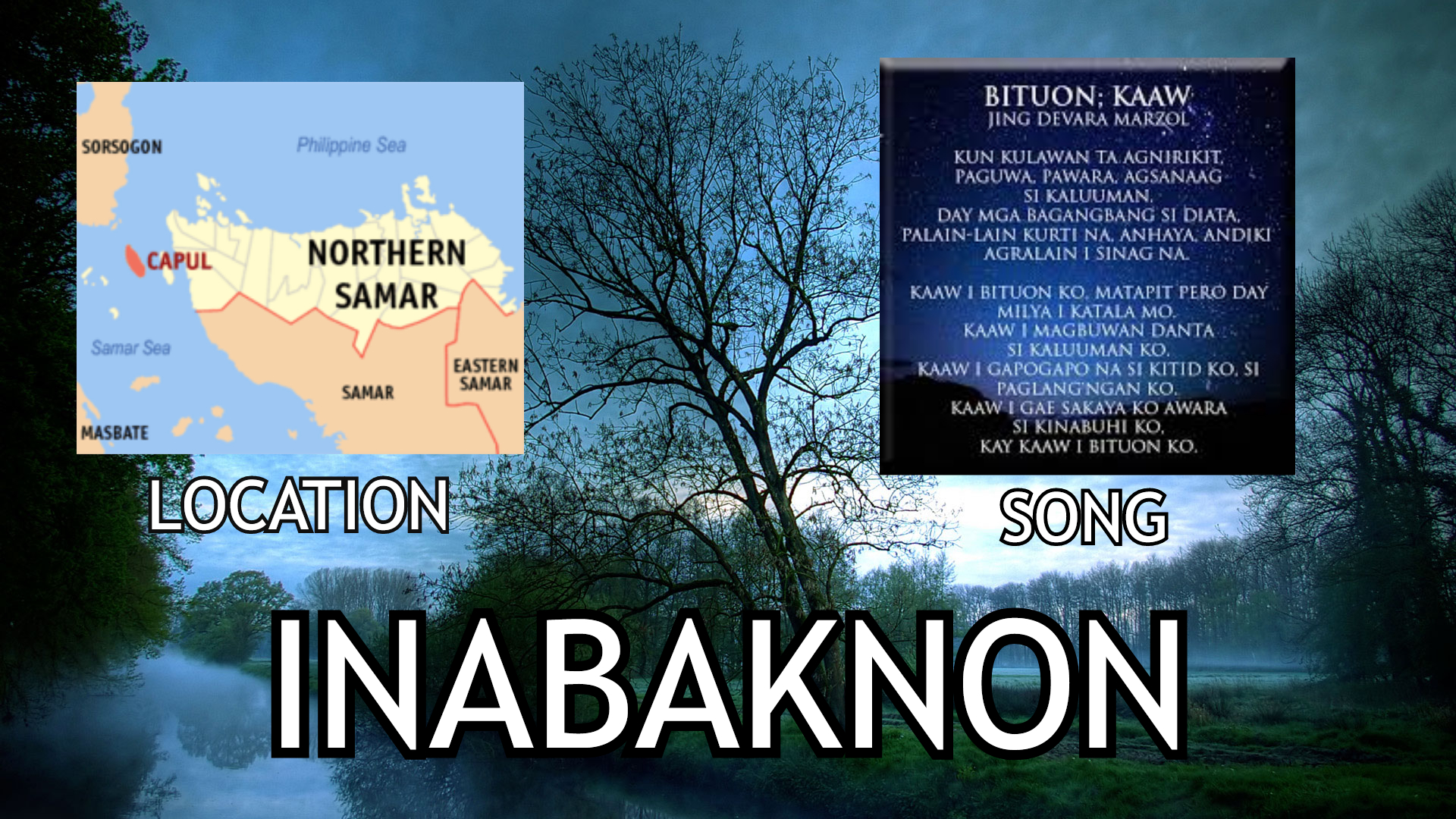Around 182 languages find their presence in the Philippines. The widely recognized are Filipino (Tagalog), Cebuano, Ilocano, Hiligaynon, Bikolano, and more. Despite this and the rise of foreign languages, unsurprisingly, many minority linguistic groups continue to survive and grow in numbers.
In this article, we are going to discover one of the languages spoken in the Philippines particularly in Eastern Visayas — the Inabaknon. The region is dominantly populated with Waray and Cebuano speakers. But little is known of the Capuleños and their distinct dialect. That is why we, especially the citizens of Eastern Visayas, must know and learn the language hidden in the waters of Northern Samar.
First off, what and where is Capul Island? Capul is an island municipality on the western coast of Northern Samar. According to a 2015 census, there are about 12,700 people living in the island. The name Capul comes from the Spanish word Acapulco, which means an old trading post in Mexico. Originally, the municipality was named Abak with a lighthouse that serves as guidepost for trade vessels from Acapulco-Manila.
Facts and Trivia
1. In the Philippines, there are about 26,400 people who can write, read, and speak Inabaknon (Ethnologue, 2015). Though the Capuleños are obviously the majority, several minority groups can also be found in nearby places like Dalupiri Island, San Vicente Islands, and Southern Sorsogon.
2. The language is native only to Capul Island. Because of historical contexts, the Inabaknon originates and remains the mainstream language of the municipality despite the Waray majority in other Northern Samar areas.
3. It has no linguistic relations to any Visayan or Luzon languages. Not even to Waray, Cebuano or Tagalog. The weird thing is it is considered Visayan by location. But its linguistic roots trace back to the rich history of the island when the native Capuleños intermarried with the Muslim travelers from Southern Mindanao.
4. The language falls under the Sama-Bajaw group together with the Yakan and Sulu languages. Since it comes from the Timog ng Mindanao, it can be directly related to the languages spoken in the Sulu Islands, Borneo and some parts of Indonesia.
Language Comparison
That is,
Inabaknon << Sama-Bajaw << Greater Barito < Malayo-Polynesian < AUSTRONESIAN
Whereas,
Waray-waray << Samar-Waray << Warayan << Central << Bisayan << Greater Central Philippine < Malayo-Polynesian < AUSTRONESIAN,
and
Tagalog << Central Philippine << Greater Central Philippine < Malayo-Polynesian < AUSTRONESIAN
Examples
Mahalap al’law si kaam dimuan – Good day to all of you!
Mahalap may nalong – Good morning too
Amudto – Noon
Mahalap nalong – Good morning
Kuhap – Afternoon
Sangom – Evening
Kakan – To eat
Tal’ok – To drink (alcoholic beverages)
Another fascinating fact from our very own province! To think that not many Biliranons, Samareños, and Leyteños know about Inabaknon, it’s a great privilege to share one of the wonders of Eastern Visayas.
Reference: Ethnologue
Bookmark EV Learners and stay tuned for more interesting facts about EV!

